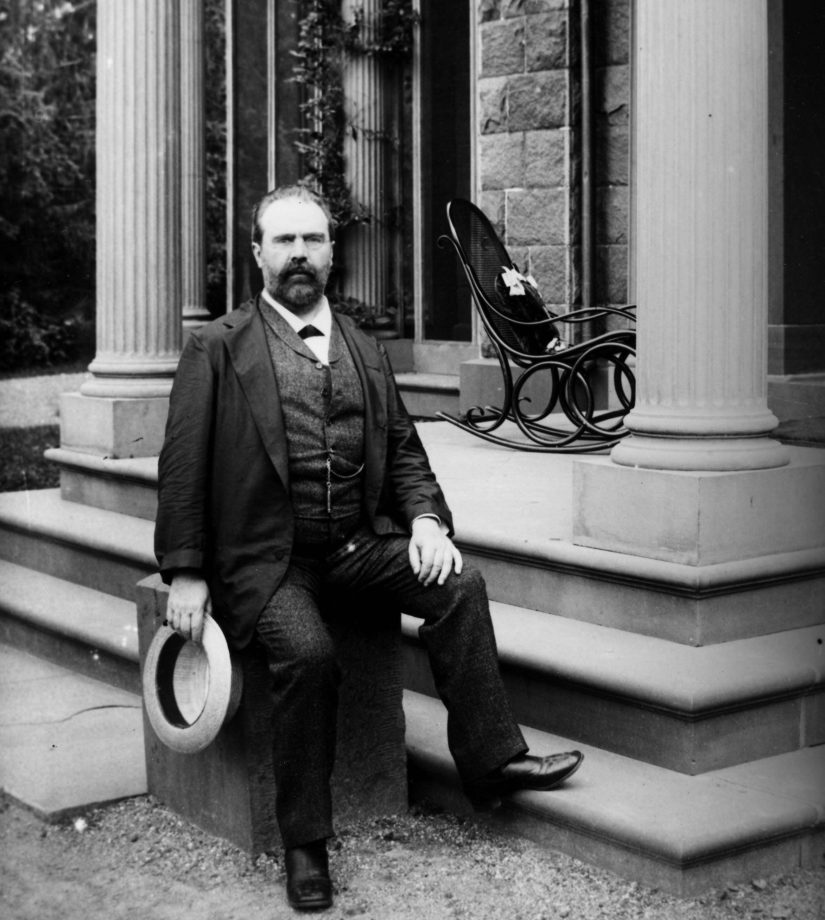
Steinway Historic District
Although the Steinway Historic District was designated by the New York City Landmarks Preservation Commission, amid community protests the Board of Estimate nullified the area’s landmark designation.
The proposed Steinway Historic District is located in Astoria, Queens. In the 1870s, Henry Steinway acquired 400 acres of land in Queens to build a new factory complex.1 Soon thereafter, William Steinway, Henry’s son, developed a residential area that included housing and amenities such as transportation.2 The buildings are “simple, two-story high, brick houses” with “some neo-Grec and Italianate elements.”3 The nature of the area is significant in that it was uncommon to have a “company town” (although not an official one) in New York City. Further, the Steinway Historic District was distinct as it “played an important role in the social development of the city.”4
Although the district was designated by the New York City Landmarks Preservation Commission, amid community protests the Board of Estimate nullified the area’s landmark designation.
The Board of Estimate denied the designation of the proposed Steinway Historic District. Today, the proposed Steinway Historic District is a residential area and is not a landmarked historic district.
October 8, 1974: The New York City Landmarks Preservation Commission (LPC) holds a public hearing for the designation of the Steinway Historic District
November 26, 1974: The Steinway Historic District is designated by the LPC
January 6, 1975: The City Planning Commission approves the designation of the Steinway Historic District
January 23, 1975: The Board of Estimate nullifies the designation of the Steinway Historic District
In 1974, the New York City Landmarks Preservation Commission was considering the Steinway area of Queens, consisting of 29 row houses built in the 1870s, for designation as an historic district. The Commission moved forward with the process to designate the area and held a public hearing for it on October 8, 1974. According to the New York City Landmarks Preservation Commission, "there were no speakers in opposition to designation" and "property owners in the proposed Historic District have expressed their interest in this designation."5 Based on those assumptions, the Commission moved forward with the process and on November 26, 1974, Steinway was designated as an historic district.6
This, however, was not the triumph it seemed to be for preservationists in New York City.
Almost immediately, Steinway residents began protesting the decision of the New York City Landmarks Preservation Commission. Many Steinway residents were displeased with the potential restrictions of being part of a historic district.7 One resident leading the fight, Rose Armitano, saw the Commission at fault for not fully informing the residents about the process or the consequences of designation. She said, "We didn't realize we could just get up and speak our minds nor were we clear about the full implications of landmark status."8
The following month it seemed as though the disgruntled residents' protests had gone unheard. In January 1975, the City Planning Commission approved the designation of the Steinway Historic District.9 However, the residents still urged on against the designation. Those against the Steinway Historic District got their victory on January 23, 1975, when the Board of Estimate nullified the designation by the New York City Landmarks Preservation Commission.10
The nullification of the Steinway Historic District was only the second time that a landmark designation had been disapproved by the Board of Estimate. It was also part of a dark period of historic preservation as losses were being suffered on many fronts (for example, the loss of the Loew's Triboro Theatre, the threatened invalidation of Grand Central Terminal's landmark status).11 Today, it remains a sore spot with preservationists dissatisfied with Queens' lack of historic landmarks.
- Steinway and Sons Collection
LaGuardia and Wagner Archives
Fiorello H. LaGuardia Community College/CUNY
31-10 Thomson Ave., Room E-238
Long Island City, NY 11101
Tel: (718) 482-5065
Fax: (718) 482-5069
- Christopher Gray, “A Sour Note on Historic Status,” The New York Times, 3 March 1991.
- Diana Shaman, “By Any Name, Residents Find It Friendly,” The New York Times, 2 March 2003.
- New York City Landmarks Preservation Commission, “Steinway Historic District Designation Report,” 22 October 1974.
- Ibid.
- Ibid.
- Jill Gerston, “2 City Areas Made Landmarks,” The New York Times, 27 November 1974.
- Jill Gerston, “Steinway Area Residents Protest Historic-District Proposal,” The New York Times, 1 December 1974.
- Ibid.
- Ari L. Goldman, “Steinway Gets Historic Status,” The New York Times, 12 January 1975.
- Glenn Fowler, “City Nullifies Designation of Steinway Historic Area,” The New York Times, 24 January 1975.
- Ibid.


